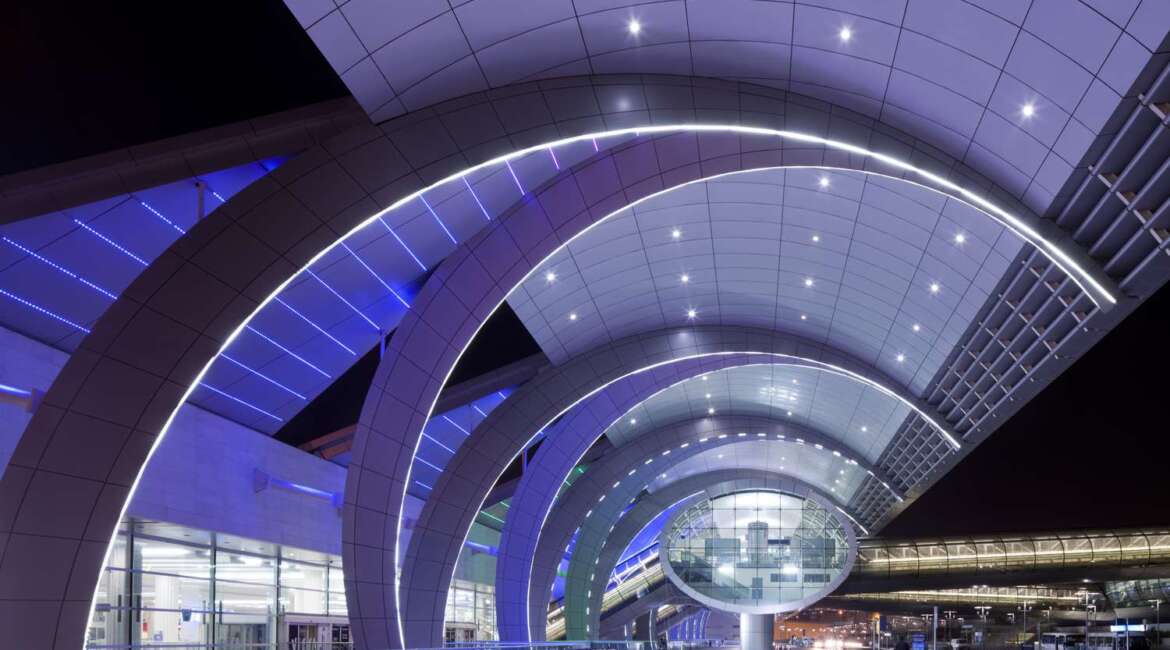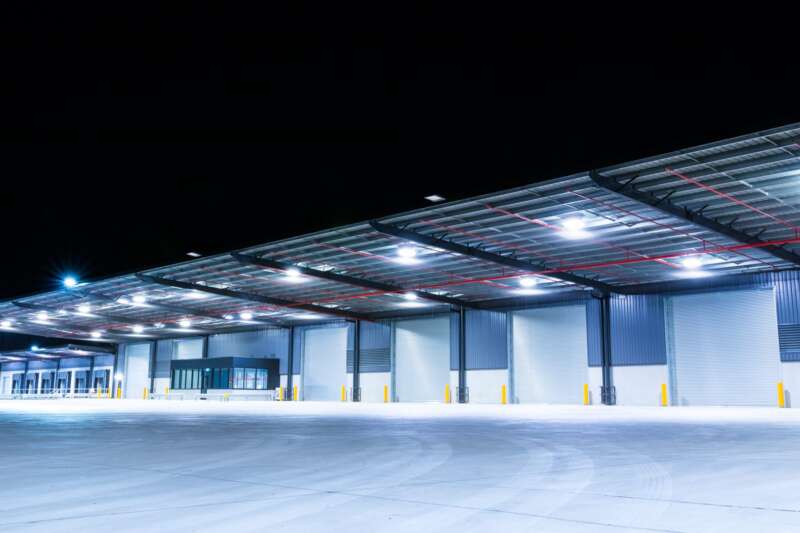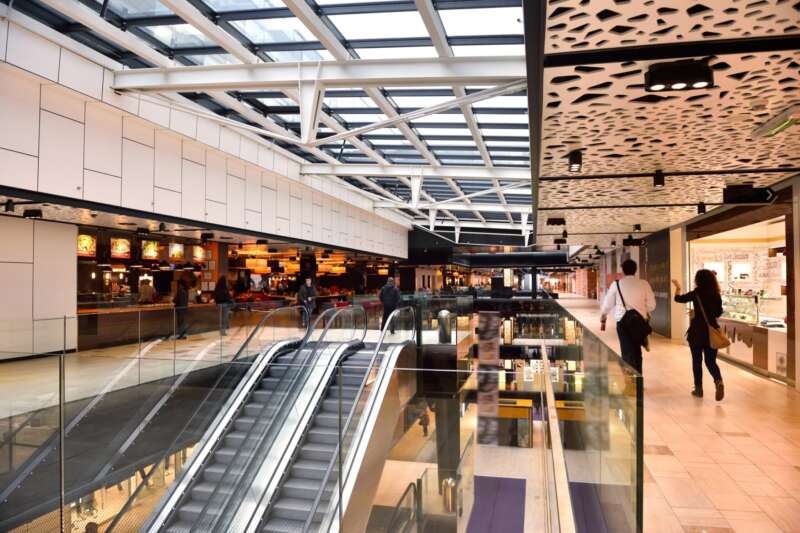Airport Lighting
Airport lighting demands a large-scale technical project which must weigh up many different aspects. A large airport can have up to 30,000 luminaires, most of them switched on 24 hours a day. Lighting does not only improve visibility and safety, it also helps to create more welcoming spaces while people wait for their flight or do some work.
Why lighting is so important in an airport
An airport has widely varying exterior and interior spaces that have completely different lighting needs.
Proper illumination of this type of facility is essential to guarantee the safety and well-being of thousands, even millions, of people every year. These are high-transit areas, day and night, where proper visibility, comfort and the possibility of downtime are paramount.
Runway lighting
Airport apron lighting is critical for proper aircraft traffic flow. The International Civil Aviation Organization (ICAO) establishes a series of airport lighting requirements that apply everywhere in the world. The main mission of this organization, which belongs to the United Nations (UN), is air transport regulation and safety.
One of the requirements is that pilots be guaranteed the same navigation conditions around the world. This includes ensuring standard lighting in any airport for increased certainty during manoeuvres. The power, intensity, color, configuration and spacing between runway lights must also all follow the same standards.
Runways usually have the following lights:
Runway end identifier lights (REIL).
Runway edge lights.
Runway centerline lights.
Touchdown zone lights (TZL).
Land and hold short operations (LAHSO).
Approach lighting system (ALS).
Precision approach path indicator (PAPI).
Indoor airport lighting
In terminals, which are the key areas of an airport, LED lights have taken over due to their durability, energy efficiency and versatility. Functional lighting is important during the check-in procedure, as well as at the security checkpoints and in the passenger waiting and boarding areas.
Direct lights are avoided to reduce annoying glare for passengers who have a long wait until their flight, and therefore reflection is kept to a minimum. Signs must also be easily visible and not irritate the eye.
In transit areas guidance lighting can be used, with different colors or brightness and specific lighting designs.
Four different types of lighting can be used: direct, indirect, a combination of the two and natural light. In most airports, artificial lights remain switched on during the day, alongside natural light. Indoor lighting must be designed bearing in mind aesthetics, functionality, comfort and energy efficiency.
LED lights are a safe bet given the round-the-clock use of artificial lighting in airports. They allow savings of around 90% when compared to conventional solutions. It goes without saying that energy saving and sustainability are two key factors to keep in mind when planning an airport lighting system.
General exterior lighting
Luminaires with high IP ratings for dust and water protection must be used, as they need to withstand adverse weather conditions.
Airports are increasingly turning to new façade lighting solutions. They serve to enhance the building’s architectural features and forms, which improves the passenger’s experience and boosts visual appeal.
Many other exterior areas also need to be illuminated, including car parks, entrances and hangars. The lighting standards for hangars differ from other areas of the airport because the main goal is to provide lighting that ensures maximum safety and zero accidents.
This type of lighting system is particularly complex because, as well as fulfilling regulations, it also needs to have the necessary licenses.
Check our project Ogun Airport in Nigeria in the following link: https://trend-yard.com/portfolio/ogun-airport/








